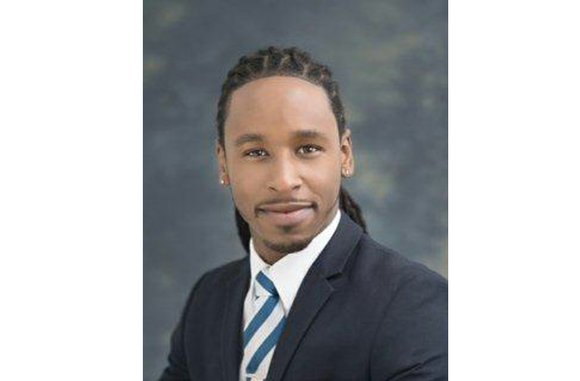‘Whose movement is it anyway?’
8/13/2016, 8:30 a.m.
James A. Gilmore
Activism creates economic, political or social change. It comes in all forms, from litigating and lobbying to strikes and sit-ins.
Fifty years ago during the Civil Rights Movement, a few good men and even fewer women led the fight for many who were suffering from economic and political oppression. Today, in what is being considered the new Civil Rights Movement, the leadership is diverse, the strategies are familiar but the beneficiaries of the movement remain the same.
It’s been said many times, “This ain’t your grandfather’s Civil Rights Movement,” a message to both critics and supporters that the 1960s, male-dominated, centralized leadership style of activism is long gone.
This time, women are getting the credit they deserve not only for leading, but also for starting movements that have mobilized thousands and continue to keep issues like police brutality and sexual assault by officers in the national spotlight. During the years, there has been a dynamic shift in leadership and it has allowed activists to be more inclusive in the fight for freedom and equality.
The strategies we saw 50 years ago undoubtedly inspired the types of activism we see today. Then, a very effective form of protest known as sit-ins helped to desegregate restaurants and public facilities. Now, die-ins are used in major cities across the country to occupy public spaces in a way that challenges authority and forces others to stop and pay attention to the issues impacting people in their communities.
Then, activism in the form of litigation and lobbying helped change discriminatory laws, and today, these same methods help maintain civil rights for members of protected classes.
The strategies are familiar but the movement itself belonged neither to the leaders of the ’60s nor the leaders of today.
So whose movement is it anyway?
At the end of July, First Lady Michelle Obama, in an impassioned speech, reminded us all to whom the movement truly belongs. Mrs. Obama spoke about being role models in every word we utter and action we take. She talked about the power we hold to shape our children’s lives for the future. She also stressed the importance of teaching our children the vision of America that every person is created equal and each holds a beloved part of the American story. She knew very well that the fight for fairness and equality in America does not belong to us but instead, our children.
Just as our mothers and fathers fought so that we may enjoy more freedoms today, we must fight so that our children receive greater access and more opportunities to become a significant part of that American story.
As we move into a new school year and, in just a few months, a new presidential administration, it is important that we continue to consider, in our activism, the generations to come.
The infant girl who has yet to feel the stings of sexism in America’s workforce and the newborn boy whose fate steadily lies in the hands of law enforcement must be protected now. Harsh disciplinary policies that too often transfer black and brown children from the education system to the criminal justice system must be reformed now. Stronger efforts to provide members of the LGBTQ community with safety against bigoted violence must be taken now.
Most of all, with our activism, we must inspire people to seek a deeper understanding of those around us. No longer can the movement be sustained when we are blinded by our differences that prevent us from progress and inhibit our ability to recognize the true value in those who don’t look like us. No longer can we persist in a struggle for freedom and equality all the while overlooking the potential in others to lead.
We must, at all times, remember that for every degree we hold, every award we receive and every opportunity we gain, we are not the sole beneficiaries. We can never forget that it is our children, and the many generations to come, to whom this movement truly belongs.
The writer is a public policy analyst with the Lawyers’ Committee for Civil Rights Under Law and a co-convener of the Civil Rights Coalition on Police Reform.








